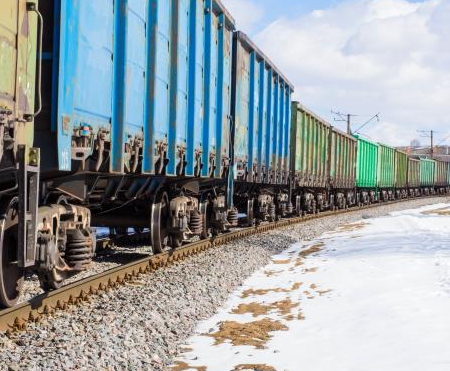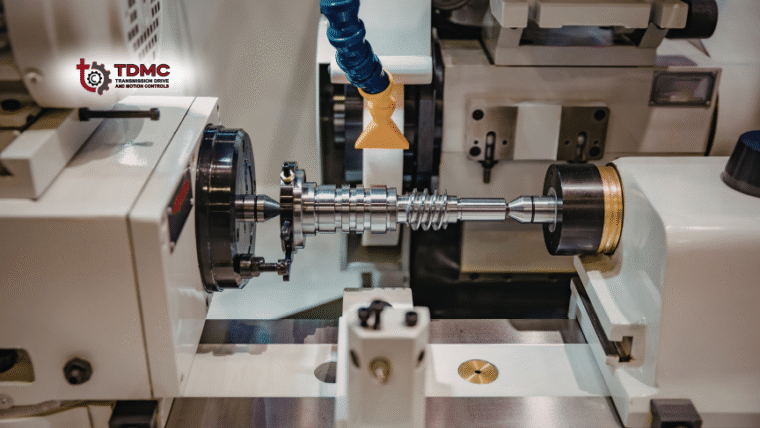Precision machining is a cornerstone of modern manufacturing, enabling the production of highly accurate and complex components used in various industries. However, achieving the high standards required for precision machining can be challenging. In this blog, we’ll explore some of the most common hurdles faced in precision machining and offer solutions to overcome them.
1. Material Issues: One of the primary challenges in precision machining is dealing with the variety of materials that need to be processed. Different metals and alloys have distinct properties, such as hardness, thermal expansion, and wear resistance, which can impact the machining process. For instance, harder materials like titanium and stainless steel can be more difficult to cut and shape with precision.
Solution: To tackle material issues, it’s essential to select the right tools and cutting parameters tailored to the specific material being machined. Additionally, keeping tools sharp and using advanced coatings can help reduce wear and extend tool life.
2. Tool Wear and Tear: In precision machining, maintaining the integrity of cutting tools is crucial. Continuous use of tools leads to wear, which can result in inaccurate cuts, poor surface finishes, and even component failure. The longer the machining process, the more wear and tear the tools experience.
Solution: Regular monitoring and maintenance of tools can help reduce the impact of wear. Implementing automated tool wear detection systems can alert operators to replace or sharpen tools before they cause defects. Also, investing in high-quality, durable tools can reduce the frequency of replacements.
3. Machine Calibration and Maintenance: Precision machining equipment needs to be accurately calibrated to ensure high levels of performance. Misalignment, worn-out parts, or insufficient lubrication can cause deviations in machining precision, leading to defects.
Solution: Consistent calibration and regular maintenance are essential to keeping machines in top shape. Setting up routine checks and cleaning schedules ensures that the equipment remains aligned and runs efficiently. Additionally, upgrading machines with newer technologies can help maintain accuracy and speed.
4. Heat Generation: Precision machining processes, such as cutting and grinding, often generate significant amounts of heat. Excessive heat can cause thermal distortion in both the material and the machine, leading to dimensional inaccuracies.
Solution: Using advanced cooling techniques, such as flood cooling or mist cooling, can help regulate temperature during machining. Selecting materials with better heat resistance or modifying the process parameters can also minimize the impact of heat on the final product.
5. Complex Geometries: As components become more complex, machining them with the required precision becomes increasingly difficult. Intricate shapes, tight tolerances, and multi-axis cuts can increase the likelihood of errors.
Solution: To overcome challenges posed by complex geometries, manufacturers can use advanced CNC machines that offer greater precision and multi-axis capabilities. Employing simulation software before actual machining can also help visualize potential challenges and allow adjustments before production.
In conclusion, while precision machining presents several challenges, these can be mitigated with the right strategies. By focusing on tool selection, maintenance, machine calibration, and using innovative technologies, manufacturers can continue to meet the high standards of precision machining required in today’s competitive industry.





